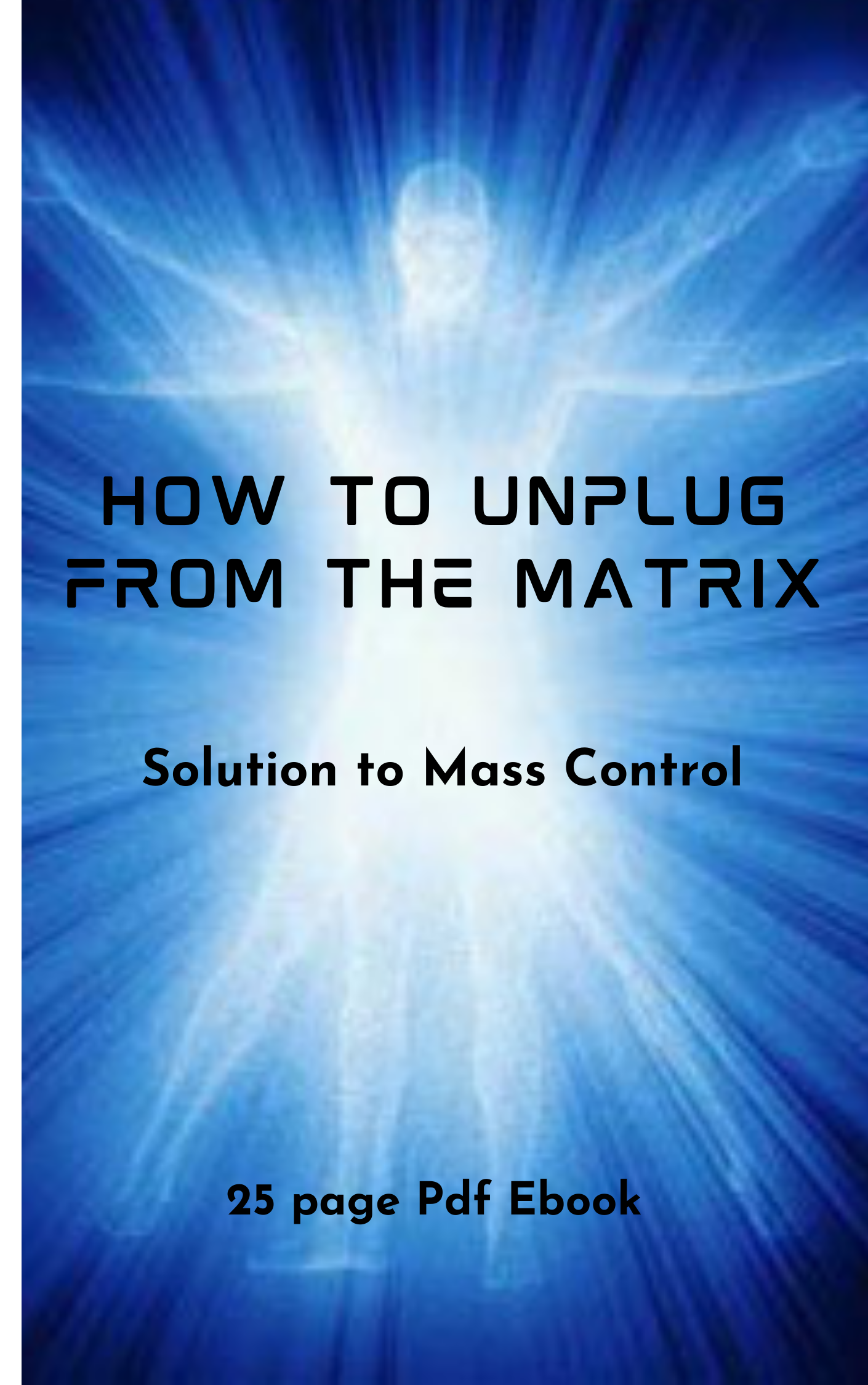Fractional reserve banking predates the existence of governmental monetary authorities and originated many centuries ago in bankers’ realization that generally not all depositors demand payment at the same time.
In the past, savers looking to keep their coins and valuables in safekeeping depositories deposited gold and silver at goldsmiths, receiving in exchange a note for their deposit. These notes gained acceptance as a medium of exchange and thus became an early form of circulating paper money.
As the notes were used directly in trade, the goldsmiths observed that people would not usually redeem all their notes at the same time, and they saw the opportunity to invest their coin reserves in interest-bearing loans and bills. This generated income for the goldsmiths but left them with more notes on issue than reserves with which to pay them.
A process was started that altered the role of the goldsmiths from passive guardians of bullion, charging fees for safe storage, to interest-paying and interest-earning banks.
If creditors lost faith in the ability of a bank to pay their notes, however, many would try to redeem their notes at the same time. If, in response, a bank could not raise enough funds by calling in loans or selling bills, the bank would either go into insolvency or default on its notes. Such a situation is called a bank run and caused the demise of many early banks.
REGULATORY FRAMEWORK
Fractional-reserve banking is the system of banking operating in almost all countries worldwide, under which banks that take deposits from the public are required to hold a proportion of their deposit liabilities in liquid assets as a reserve, and are at liberty to lend the remainder to borrowers.
Bank reserves are held as cash in the bank or as balances in the bank’s account at the central bank. The country’s central bank determines the minimum amount that banks must hold in liquid assets, called the “reserve requirement” or “reserve ratio”. Most commercial banks hold more than this minimum amount as excess reserves.
Each bank is legally authorized to issue credit up to a specified multiple of its reserves, so reserves available to satisfy payment of deposit liabilities are less than the total amount which the bank is obligated to pay in satisfaction of demand deposits.
Largely, fractional-reserve banking functions smoothly, as relatively few depositors demand payment at any given time, and banks maintain enough of a buffer of reserves to cover depositors’ cash withdrawals and other demands for funds.
In most legal systems, a bank deposit is not a bailment. In other words, the funds deposited are no longer the property of the customer. The funds become the property of the bank, and the customer in turn receives an asset called a deposit account (a checking or savings account).
That deposit account is a liability on the balance sheet of the bank.
Fractional-reserve banking ordinarily functions smoothly. Relatively few depositors demand payment at any given time, and banks maintain a buffer of reserves to cover depositors’ cash withdrawals and other demands for funds.
However, during a bank run or a generalized financial crisis, demands for withdrawal can exceed the bank’s funding buffer. A bank can raise funds from additional borrowings (e.g., by borrowing in the interbank lending market or from the central bank) by selling assets, or by calling in short-term loans.
CLICK ON ABOVE GRAPHIC FOR MORE INFORMATION
MONEY CREATION PROCESS
When a loan is made by the commercial bank, the bank is keeping only a fraction of central bank money as reserves and the money supply expands by the size of the loan.[5] This process is called “deposit multiplication”.
The proceeds of most bank loans are not in the form of currency. Banks typically make loans by accepting promissory notes in exchange for credits they make to the borrowers’ deposit accounts.
Deposits created in this way are sometimes called derivative deposits and are part of the process of creation of money by commercial banks.[18] Issuing loan proceeds in the form of paper currency and current coins is considered to be a weakness in internal control.
The money creation process is also affected by the currency drain ratio (the propensity of the public to hold banknotes rather than deposit them with a commercial bank), and the safety reserve ratio (excess reserves beyond the legal requirement that commercial banks voluntarily hold). Data for “excess” reserves and vault cash are published regularly by the Federal Reserve in the United States.
Just as taking out a new loan expands the money supply, the repayment of bank loans reduces the money supply.
CENTRAL BANKS
There are two types of money in a fractional-reserve banking system operating with a central bank:
Central bank money: money created or adopted by the central bank– precious metals, commodity certificates, banknotes, coins, electronic money loaned to commercial banks,
Commercial bank money: demand deposits in the commercial banking system
The proceeds of most bank loans are not in the form of currency. Banks typically make loans by accepting promissory notes in exchange for credits they make to the borrowers’ deposit accounts. Deposits created in this way are sometimes called derivative deposits. Issuing loan proceeds in paper currency and coins is considered to be a weakness in internal control.
Because the nature of fractional-reserve banking involves the possibility of bank runs, central banks have been created throughout the world to address these problems.
In some jurisdictions the central bank does not require reserves to be held during the day. Reserve requirements are intended to ensure that the banks have sufficient supplies of highly liquid assets, so the system operates in an orderly fashion and maintains public confidence.
In addition to reserve requirements, there are other required financial ratios that affect the amount of loans that a bank can fund. The capital requirement ratio is perhaps the most important of these other required ratios.
CLICK ON ABOVE GRAPHIC FOR MORE INFORMATION
LIQUIDITY AND CAPITAL MANAGEMENT
To avoid defaulting on its obligations, the bank must maintain a minimal reserve ratio that it fixes in accordance with, notably, regulations and its liabilities. In practice this means that the bank sets a reserve ratio target and responds when the actual ratio falls below the target.
The ability of the bank to borrow money reliably and economically is crucial, confidence in the bank’s creditworthiness is important to its liquidity. the bank needs to maintain adequate capitalisation and to effectively control its exposures to risk to continue its operations.
If creditors doubt the bank’s assets are worth more than its liabilities, all demand creditors have an incentive to demand payment immediately, causing a bank run to occur.
Fractional-reserve banking allows banks to provide credit, which represent immediate liquidity to depositors. The banks also provide longer-term loans to borrowers, and act as financial intermediaries for those funds.
Less liquid forms of deposit (such as time deposits) or riskier classes of financial assets (such as equities or long-term bonds) may lock up a depositor’s wealth for a period of time, making it unavailable for use on demand.
This “borrowing short, lending long” or maturity transformation function of fractional-reserve banking is a role that, according to many economists, can be considered to be an important function of the commercial banking system.
ECONOMIC FUNCTION
The process of fractional-reserve banking expands the money supply of the economy but also increases the risk that a bank cannot meet its depositor withdrawals. Modern central banking allows banks to practice fractional-reserve banking with inter-bank business transactions with a reduced risk of bankruptcy.
Additionally, according to macroeconomic theory, a well-regulated fractional-reserve bank system also benefits the economy by providing regulators with powerful tools for influencing the money supply and interest rates. Many economists believe that these should be adjusted by the government to promote macroeconomic stability.
Government controls and bank regulations related to fractional-reserve banking have generally been used to impose restrictive requirements on note issue and deposit taking on the one hand, and to provide relief from bankruptcy and creditor claims, and/or protect creditors with government funds, when banks defaulted on the other hand. Such measures have included.
CLICK ON ABOVE GRAPHIC FOR MORE INFORMATION
CONTEMPORARY BANK MANAGEMENT
Contemporary bank management methods for liquidity are based on maturity analysis of all the bank’s assets and liabilities (off balance sheet exposures may also be included). Assets and liabilities are put into residual contractual maturity buckets such as ‘on demand’, ‘less than 1 month’, ‘2–3 months’ etc.
These residual contractual maturities may be adjusted to account for expected counter party behaviour such as early loan repayments due to borrowers refinancing and expected renewals of term deposits to give forecast cash flows.
This analysis highlights any large future net outflows of cash and enables the bank to respond before they occur. Scenario analysis may also be conducted, depicting scenarios including stress scenarios such as a bank-specific crisis.
The key financial ratio used to analyze fractional-reserve banks is the cash reserve ratio, which is the ratio of cash reserves to demand deposits. However, other important financial ratios are also used to analyze the bank’s liquidity, financial strength, profitability etc.
RESERVE REQUIREMENTS
The currently prevailing view of reserve requirements is that they are intended to prevent banks from:
generating too much money by making too many loans against a narrow money deposit base; having a shortage of cash when large deposits are withdrawn (although a legal minimum reserve amount is often established as a regulatory requirement, reserves may be made available on a temporary basis in the event of a crisis or bank run).
In some jurisdictions (such as the European Union), the central bank does not require reserves to be held during the day. Reserve requirements are intended to ensure that the banks have sufficient supplies of highly liquid assets, so that the system operates in an orderly fashion and maintains public confidence.
In other jurisdictions (such as the United States), the central bank does not require reserves to be held at any time – that is, it does not impose reserve requirements.
In addition to reserve requirements, there are other required financial ratios that affect the amount of loans that a bank can fund. The capital requirement ratio is perhaps the most important of these other required ratios. When there are no mandatory reserve requirements, which are considered by some economists to restrict lending, the capital requirement ratio acts to prevent an infinite amount of bank lending.
CLICK ON ABOVE GRAPHIC FOR MORE INFORMATION
Want to learn more about Money Rulers – Money Systems Are Based On Fiat Money – then you need to click to find out.
Payseur Family History
Fritz Springmeier – Bloodlines of Illuminati
The Rothschild Dynasty
The Disney Story
The above four links open a new tab in Louis Payseur’s site.
Books, Media & Jobs – Curated Presentation
Gourmet, Food & Drink – Curated Presentation
Home, Garden & Real Estate – Curated Presentation



















